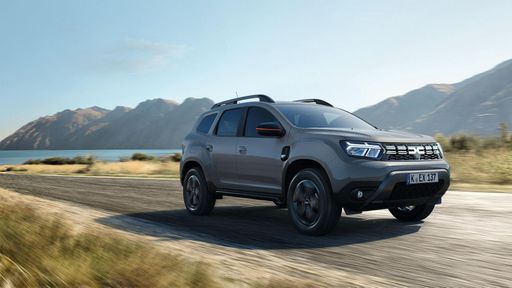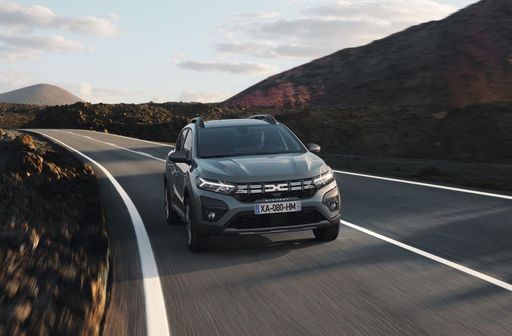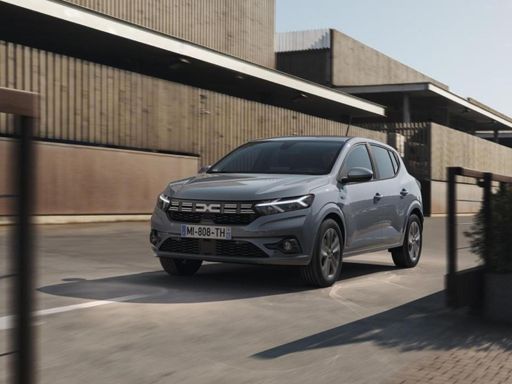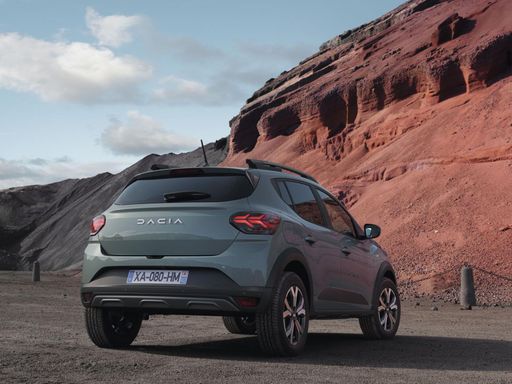Engine Performance and Efficiency
The 2024 Dacia Duster offers a range of powertrains including LPG, full hybrid, and petrol MHEV options, delivering power outputs between 91 HP and 140 HP. With its engines, the Duster delivers a satisfying combination of performance and efficiency, boasting fuel consumption figures ranging from 5 L/100km to 8.1 L/100km, depending on the variant. Additionally, its CO2 emissions are competitive, ranging from 114 g/km to 147 g/km. The Duster also offers all-wheel drive, giving it an advantage for those wishing to venture off the beaten path.
In contrast, the Dacia Sandero is available with petrol and LPG engines, producing between 67 HP and 110 HP. The Sandero is known for its fuel efficiency, with consumption figures ranging from a commendable 5.2 L/100km to 7 L/100km. Its CO2 emissions vary from 105 g/km to 139 g/km. This makes the Sandero more suitable for city dwellers prioritizing fuel economy and lower emissions.







